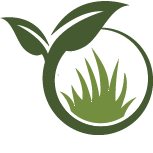Hydroseeding for Rapid Lawn Establishment
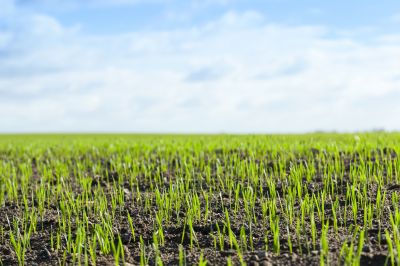
Spring offers optimal conditions with moderate temperatures and increased rainfall, promoting seed germination and establishment.
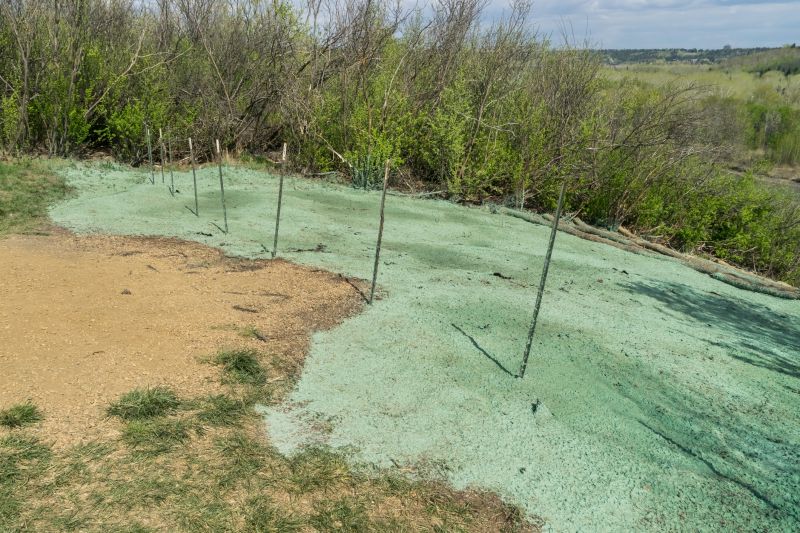
Late summer can be suitable in regions with cooler evenings, provided there is adequate moisture and temperatures remain within ideal ranges.
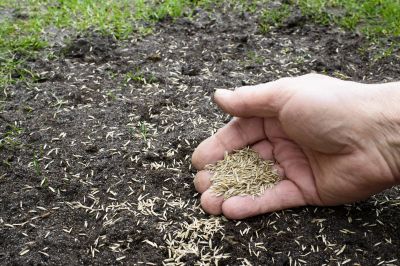
Fall allows for establishment before winter, especially in areas with mild winters, ensuring a healthy start for the next growing season.
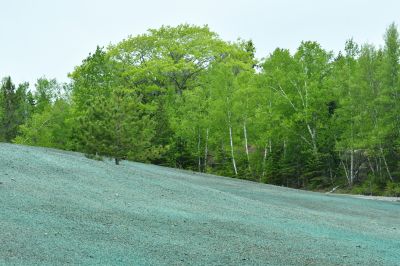
Ways to make Hydroseedings work in tight or awkward layouts.
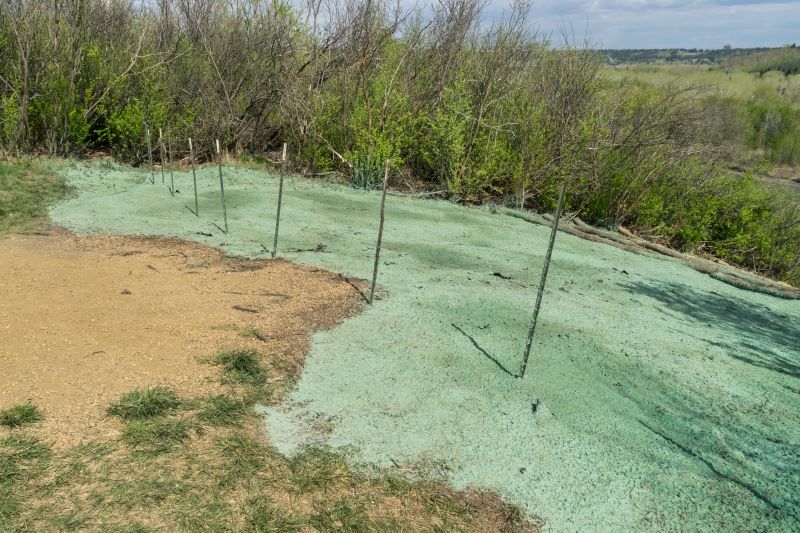
Popular materials for Hydroseedings and why they hold up over time.
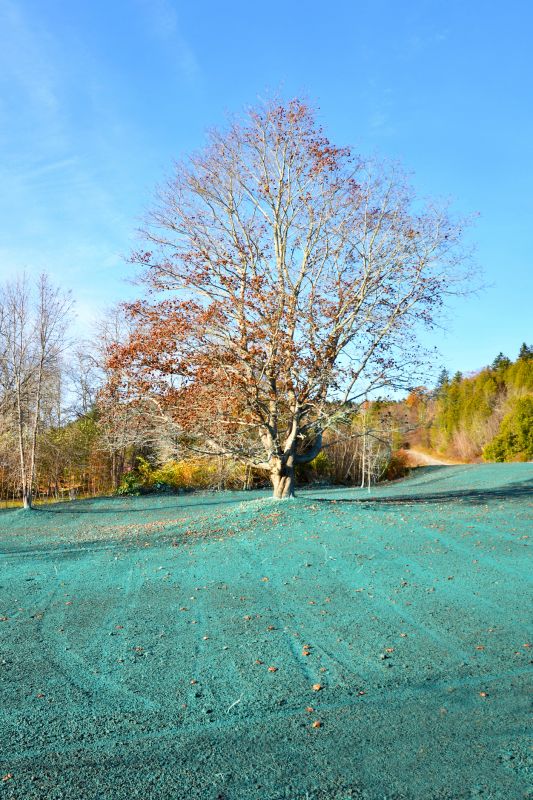
Simple add-ons that improve Hydroseedings without blowing the budget.
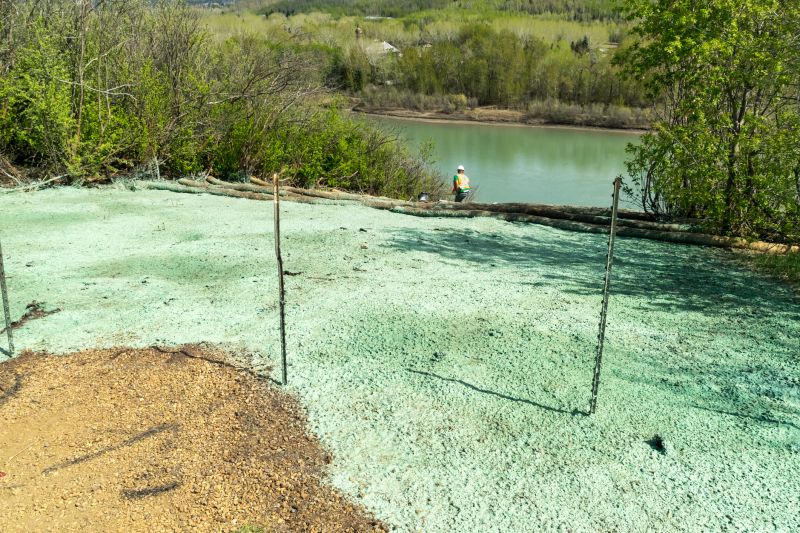
High-end options that actually feel worth it for Hydroseedings.
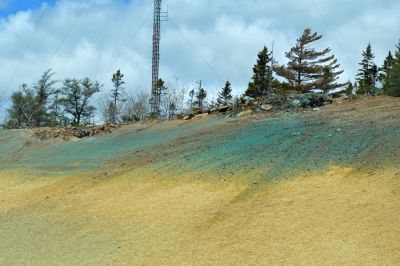
Finishes and colors that play nicely with Hydroseedings.
Hydroseeding is a planting process that involves spraying a mixture of seed, mulch, fertilizer, and water onto prepared soil. It is commonly used for erosion control, lawn establishment, and landscape restoration. The technique provides rapid coverage and uniform seed distribution, making it an efficient alternative to traditional seeding methods.
Optimal timing for hydroseeding depends on climate, soil conditions, and the type of seed used. Generally, the best periods are during mild temperatures with sufficient soil moisture. Proper timing ensures better seed germination rates, reduces erosion risk, and promotes healthy growth.
Ideal soil temperatures for hydroseeding range from 55°F to 75°F, facilitating seed germination and root development.
Consistent moisture is essential post-application. Scheduling hydroseeding before forecasted rains can improve success rates.
Proper soil preparation, including tilling and fertilization, enhances seed-to-soil contact and promotes healthy growth.
Choosing appropriate seed varieties for the season and region increases the likelihood of successful establishment.
